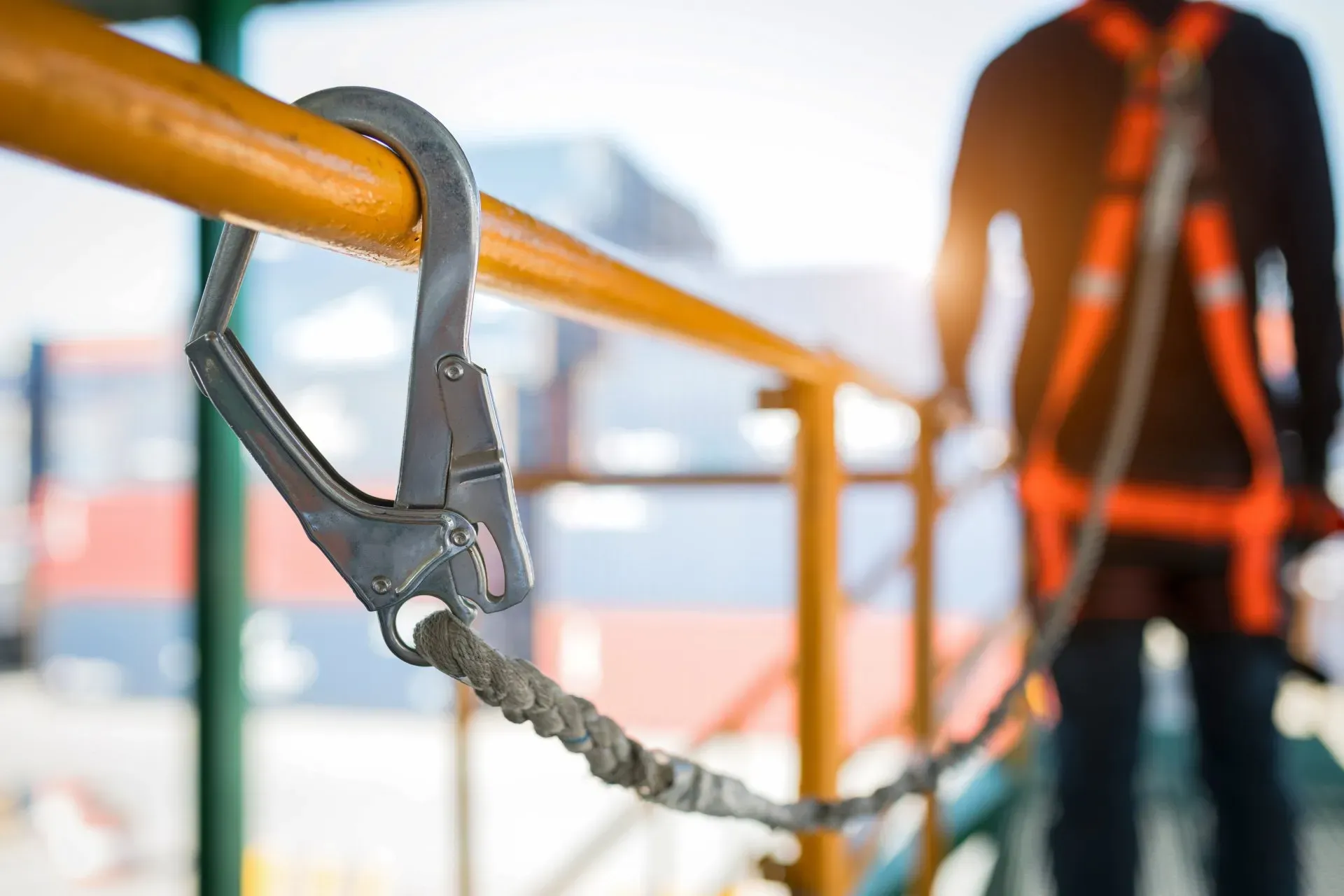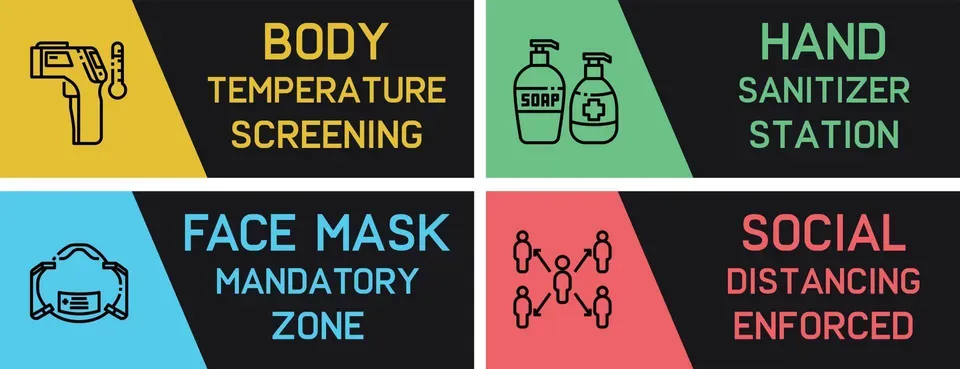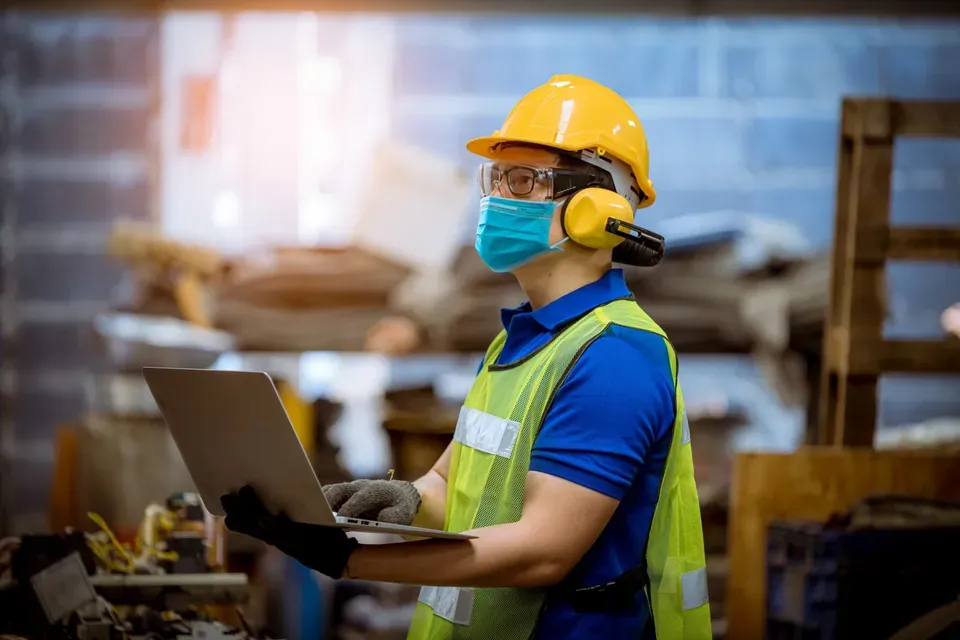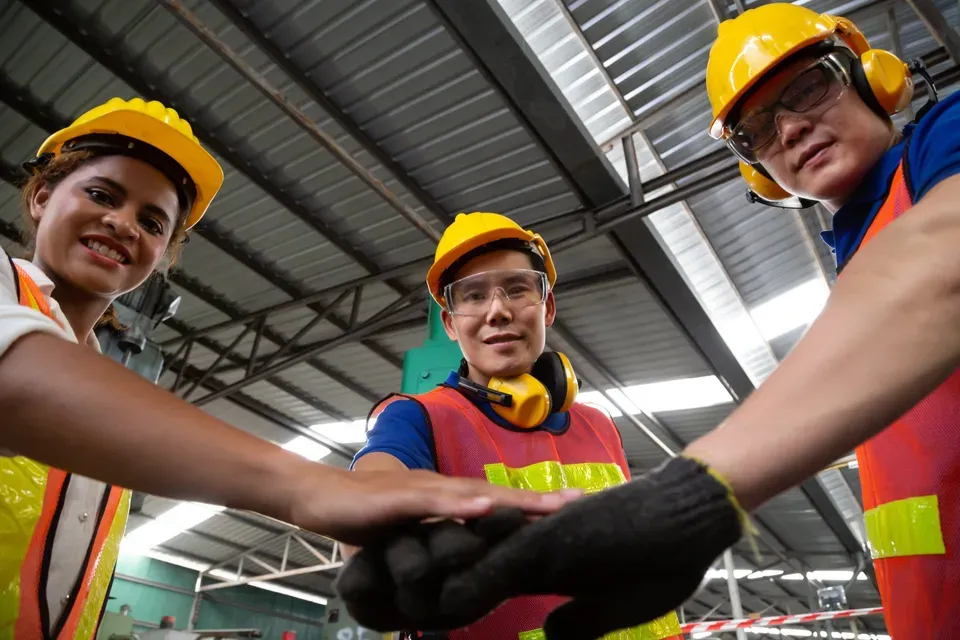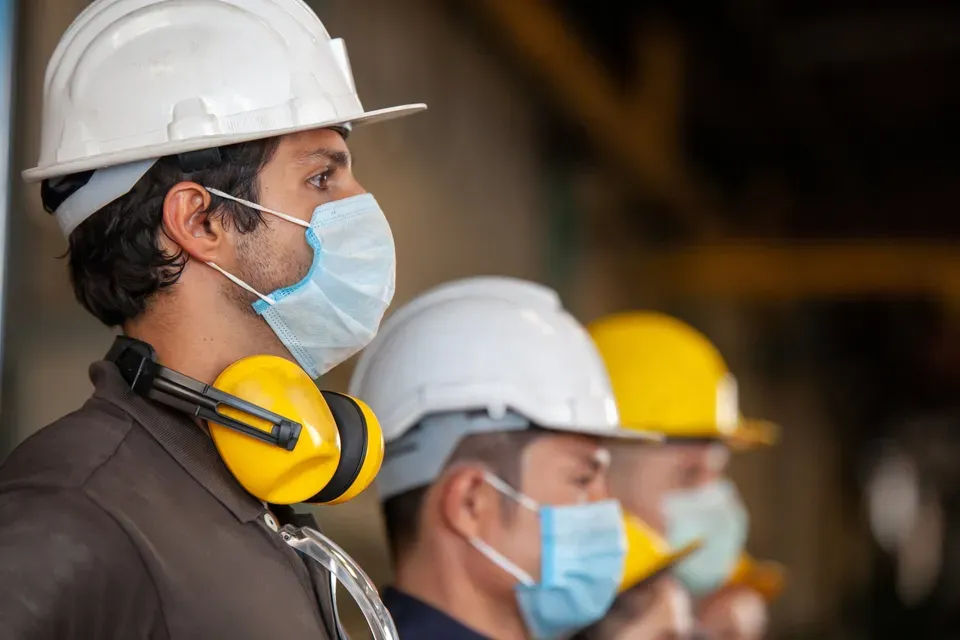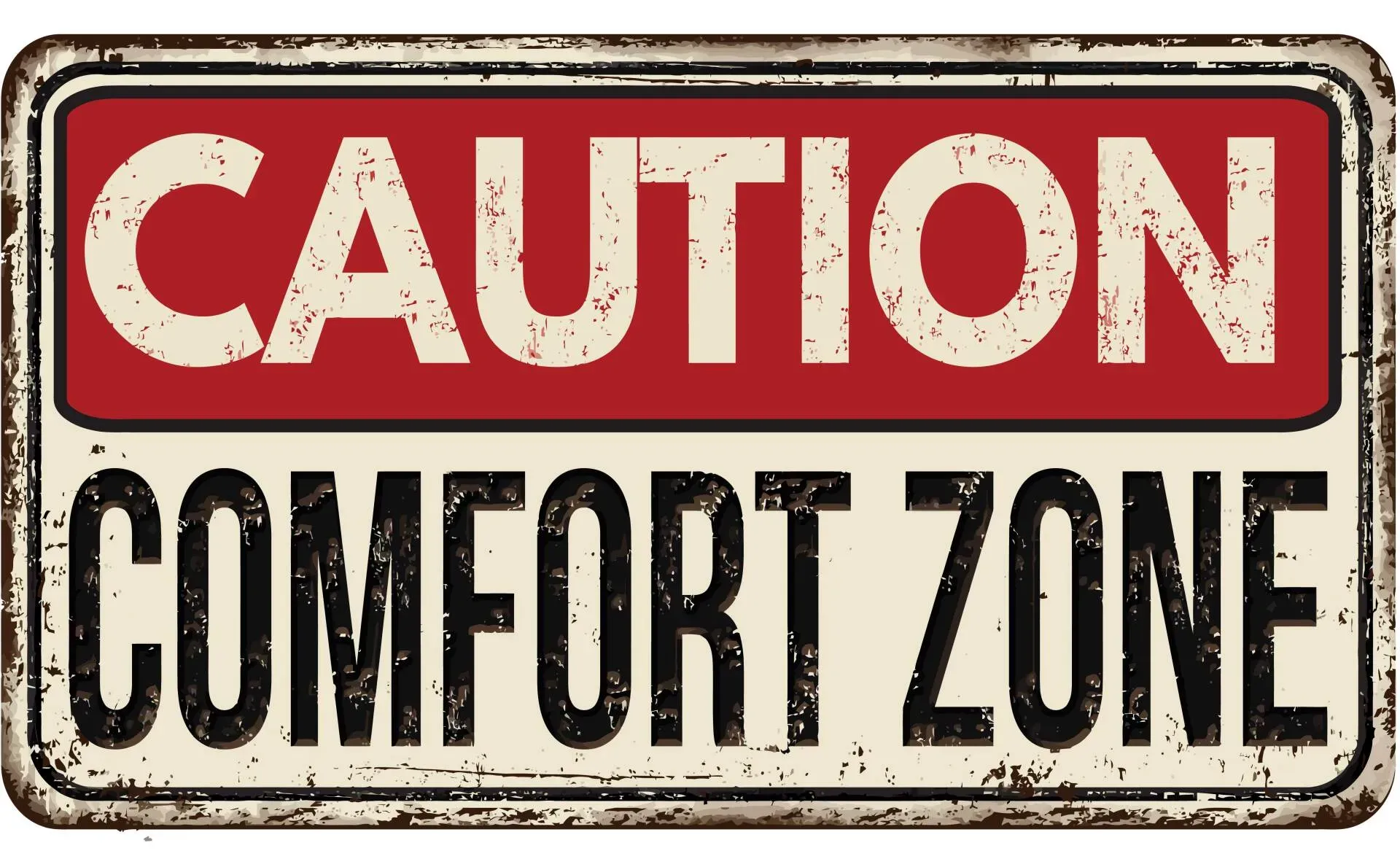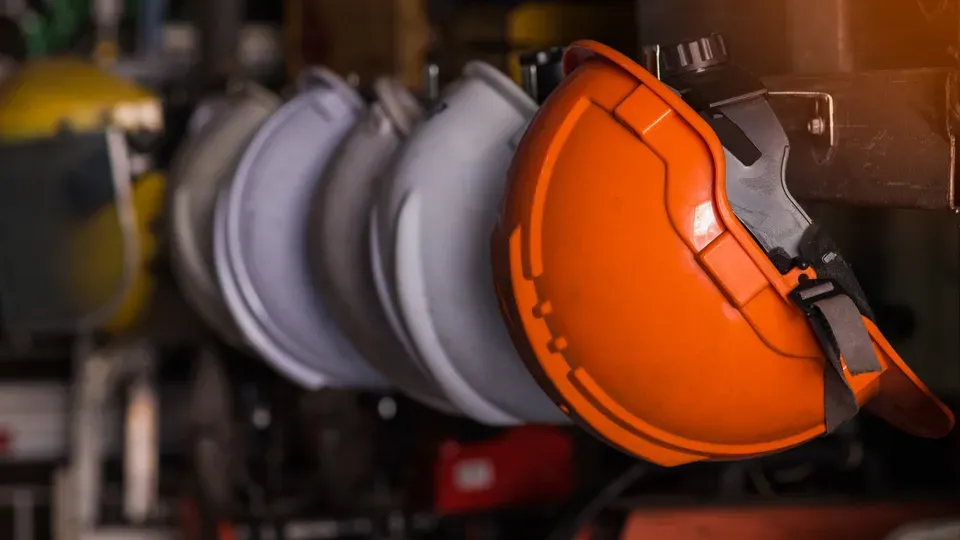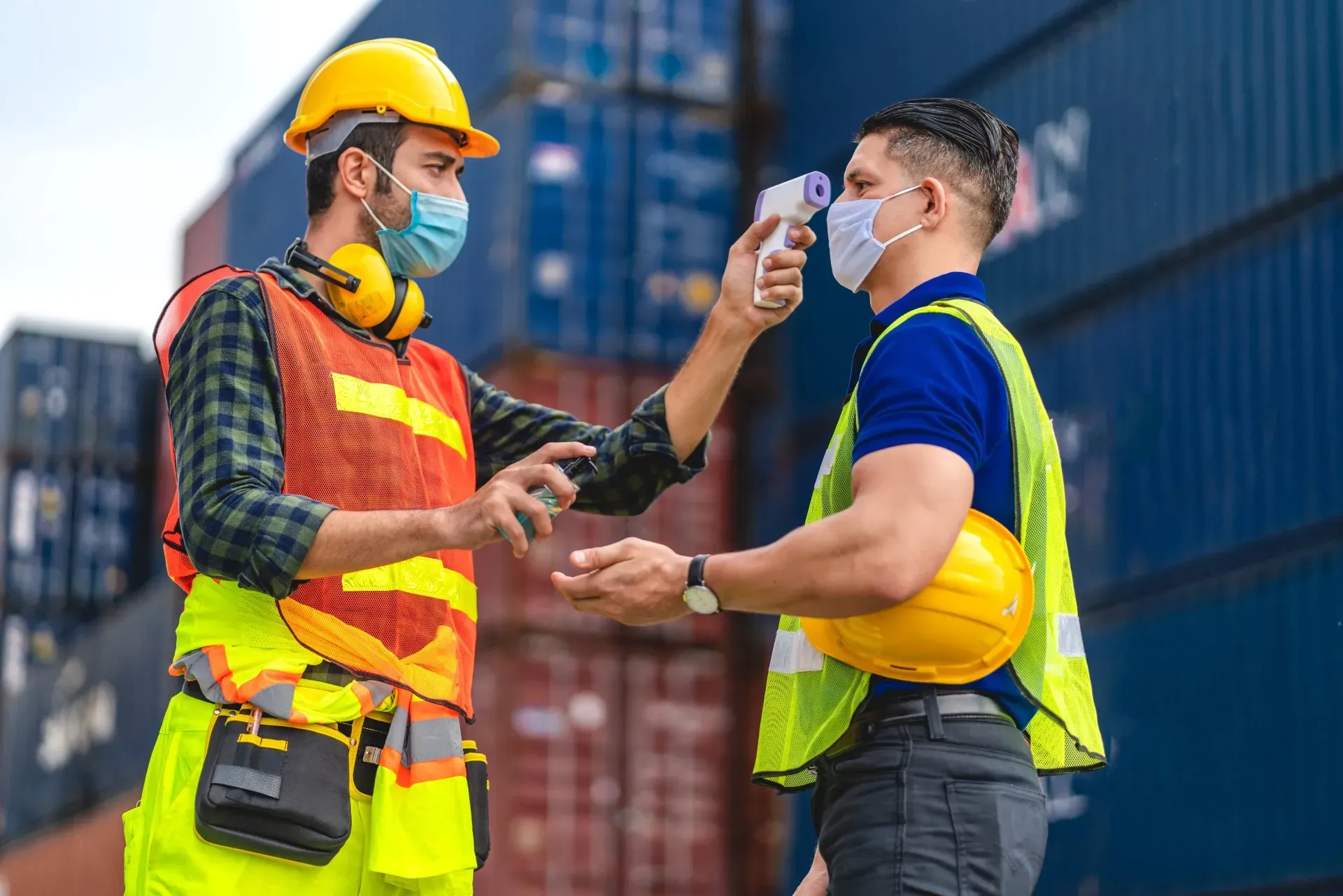Safety Shouldn't Be a Priority
I would imagine right now you have read the title and probably already have questions about where I’m going with this, which is good. That means the title has done its job and caught your attention. I would also imagine you are probably surprised to hear someone in the safety field say that safety shouldn’t be a priority, but please bear with me, as I will explain to you why it shouldn’t.
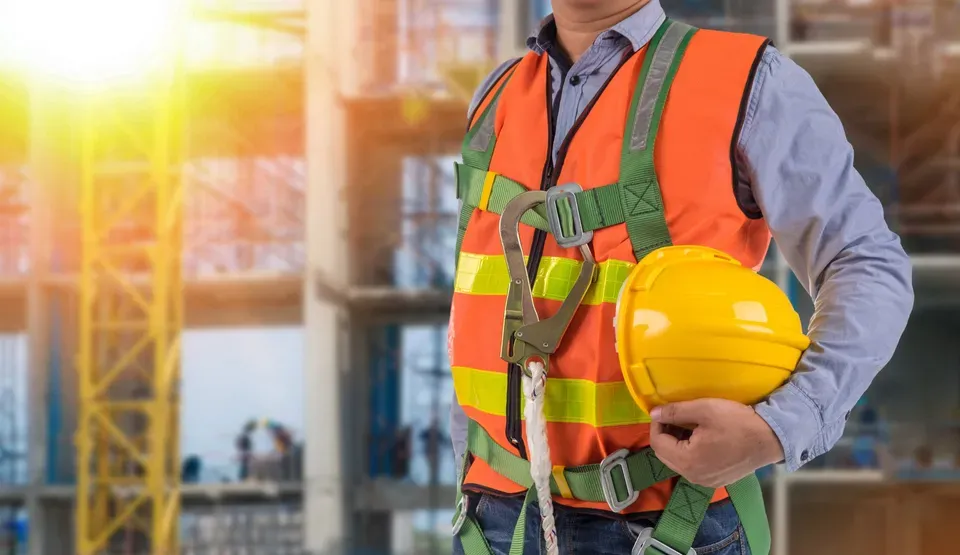
I would imagine right now you have read the title and probably already have questions about where I’m going with this, which is good. That means the title has done its job and caught your attention. I would also imagine you are probably surprised to hear someone in the safety field say that safety shouldn’t be a priority, but please bear with me, as I will explain to you why it shouldn’t.
In the course of my duties, in working with different companies, I often notice posters and signs on the wall that say something along the lines of “Safety First”, or “Safety is Our Number One Priority”. I have even heard supervisors say during their pre-shift safety meetings, “Alright guys, remember safety first. Now let’s go to work." Most of us would agree that safety most certainly should be the number one thing we think about during the course of our day, at work or at home. The unfortunate reality is that it is not. It’s unrealistic to think that an employee will maintain this thinking throughout their day or even an hour after that pre-shift discussion. This is the inherent problem with making anything a priority because you are already admitting that it is subject to change.
Let’s first define the word priority. The definition of priority is the fact or condition of being regarded or treated as more important. It basically means to make something more important than something else. Based on this information, you may be asking yourself, why would we not want to make safety a priority? I’ll answer that with another question. What typically happens with priorities? As I mentioned above, priorities change. This is the problem with making safety a priority because usually it’s the first thing that goes out the window when there is a change in routine or environment. When the pressure gets intense, priorities shift, and safety is no longer the big focus it was at the beginning of the shift. So how do we get our people to focus on safety all the time? The answer to that question is, we have to make safety a part of what we do. It shouldn’t be something extra.
In training people on Method Oriented Safety Thinking®, one of the first things they notice about the system is that it’s about doing the right thing all the time. Being Method-Oriented means to use the right method for the job the first time, every time. This, coupled with the use of Safety Thinking, means to maintain proper awareness while performing a task to keep you from getting injured; and also allowing you to get the job done right, the first time. The right method is usually also the safe method, so in doing so, you are incorporating safety into what you do or how you work. It’s not something extra. Once it is a habit, you almost don’t have to think about it. It becomes automatic. It becomes who you are. It becomes a value!
The definition of a value is a person's principles or standards of behavior or one's judgment of what is important in life. Think about your values. I would imagine they are important to you and something that you don’t waiver from. This is what I mean by saying, safety shouldn’t be a priority. We should make safety a value. Doing so, will make safety a part of what we do. Safety should be on the same plane as production, quality, and service. If we can do this, we will prevent our people from getting hurt and also help them to be more successful on the job and at home.
Remember Method Oriented Safety Thinking® and make safety who you are and not just a priority. Make it your value!
